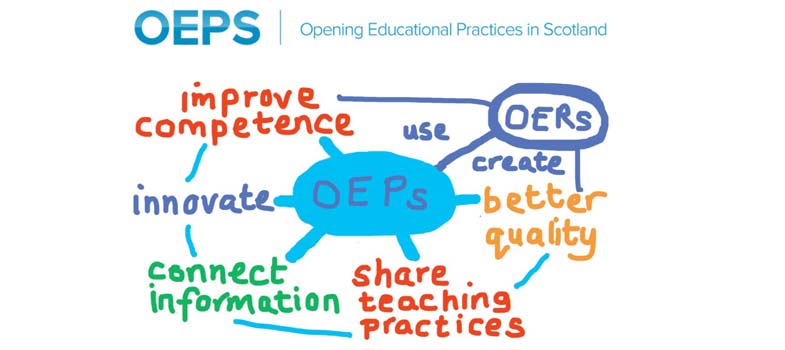1 Getting started
To start, watch the following video, which will give you a first look at pathogenic interaction. In the video, you will be introduced to Noreen Hiegle, who is a PhD candidate investigating the interaction between the pathogen Paraphysoderma sedebokorensis and the microalgae Haemmatococcus pluvialis. In the video she presents both organisms and illustrates the life cycle of the pathogen. Try to pick out the main stages and pay attention to the language used. There is a practice quiz about the video at the end of this section.
Transcript: Video 1 Illustration of a pathogenic life cycle.
This short video illustrates the complexity of pathogenic life cycles, and highlights the fundamental steps required for a successful pathogen: recognition of the host, infection, reproduction and dispersion. Later in the course (in section 3.4.2), you will see what this pathogen really looks like.
You will see in the next section that pests and pathogens of algae are highly diverse. So are their respective life cycles. This course does not aim to list all pathogens, but to illustrate some of them with respect to their ecological and economic importance. This course will generally deal with pathology concepts. We therefore strongly advise you to get comfortable with some important terminology. Here are some to start. Furthermore, as you go through the course you will see the terms are highlighted and you can click for an explanation or a quick reminder.
Introductory glossary
Biotroph: An organism whose exclusive, natural growth environment is in or on living host cells.
Disease: An abnormal physiological or developmental condition in a host due to the persistent action of a biotic (i.e. living organism) or abiotic (i.e. environmental) factor. Any condition of an organism that is economically detrimental.
Epiphytism (Epiphytes): The association of an organism with the surface of a host.
Facultative parasite: A facultative parasite is an organism that may resort to parasitic activity, but does not absolutely rely on any host for completion of its life cycle
Hemibiotroph: A parasite that requires living host cells during part of its life cycle.
Necrotroph: A pathogen that kills host cells in advance of its own growth, and obtains nutrients from the dead host cells.
Obligate parasite: An organism that can only live as a parasite in nature.
Parasite: An organism that obtains nutrients or other benefits from a living host. Note that a parasite may or may not cause disease.
Pathogen: An organism that can cause disease.
Pests: Anthropocentric term for all unwanted organisms interfering with the host (pathogens, parasites, epiphytes and grazers).
Saprobe (saprotroph): An organism that feeds on dead or decaying organic matter.
Symptoms: Visible or detectable characteristics of a disease.
Further reading
Most of the above terms are adapted from the following phytopathology glossaries:
- Pathogenesis – concepts and definitions [Tip: hold Ctrl and click a link to open it in a new tab. (Hide tip)]
- Plant pathology glossary
It is worth browsing these resources to familiarise yourself with key terms.
Learn more, test your knowledge
If you take the time to read through the links below, you will see that algal parasites, as well as their ecological and economical relevance, are not – or only briefly – mentioned. This paucity of available information the motivation for creating these learning materials.
This course does not focus on aquaculture, but on algal parasites in natural and farmed environments.
For a more general description of seaweed aquaculture, you might be also interested by more general info on the basics and benefits of seaweed and microalgal farming: Seaweed farming on Wikipedia
You might be interested in this article, which focuses on the Japanese Nori large-scale cultivation.
You might like to read about the benefits typically associated with seaweed and microalgal cultivation.
Introduction
